The Hindi Public Sphere 1920-1940: Language and Literature in the Age of Nationalism
Synopsis
This book analyses how a language became the instrument with which the contours of a new nation were traced. To a colonized people agitating for freedom, a people divided by many languages, cultures and religions, the one language—one nation concept of nationalism proved to be both powerful and seductive. In polyphonic India, however, such a single ‘national’ language had to be created, its power established. Most nineteenth-century Hindi intellectuals believed the chosen language to be the ‘Hindu’ Hindi, not the ‘Islamic’ Hindustani or Urdu nor any other prominent language like Bengali. Francesca Orsini maps the success of this formalized Hindi in creating a regional public sphere in north India in the early twentieth century. Institutions and networks were set up to this end. Literary associations, journals, and schools were the settings in which a new kind of literary figure—the salaried intellectual—imagined the nation, debated issues of reform, and acquired a political consciousness. Literature and history came out of this process transformed, and language helped draw political faultlines. With the unprecedented open space provided by journals, new voices like those of women and subaltern classes received a hearing and claimed participation in the public sphere. Orsini show how early twentieth century discourses on language, literature, women, history, and politics form the core of the Hindi culture that exists today. She also recovers the many voices, written out of history, which were critical to the national Hindi project. With its depth and scope of research and thinking, this book will be crucial for any scholar engaging in the issues of nationalism, religion, language, and literature that Orsini so ably weaves together and scrutinizes here.
Read more
Not available
BECOME A MEMBER


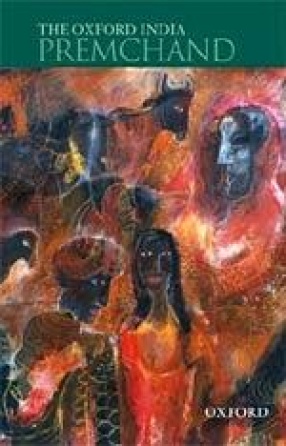
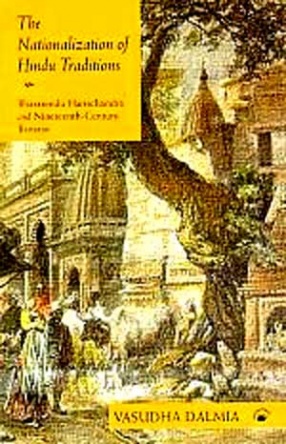
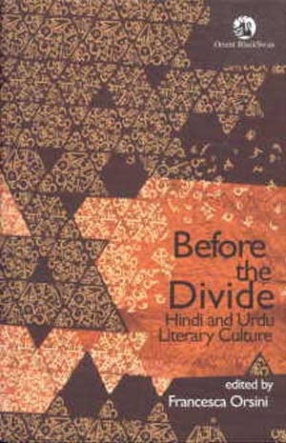
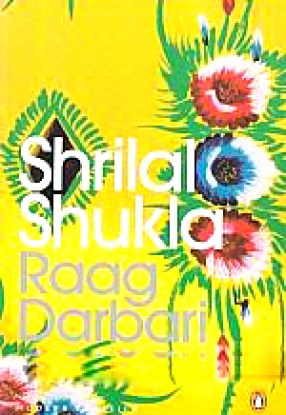
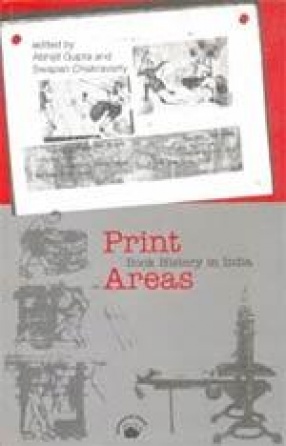
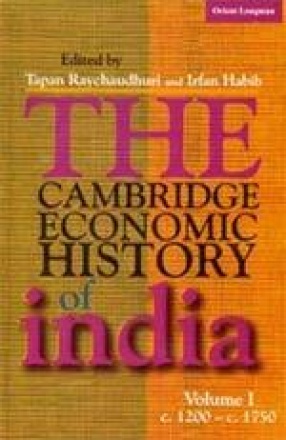
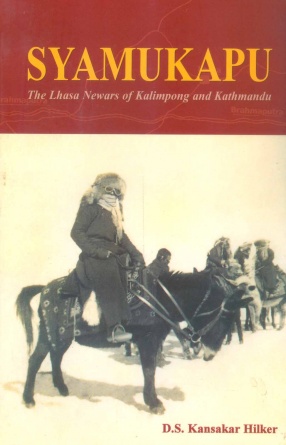

Bibliographic information